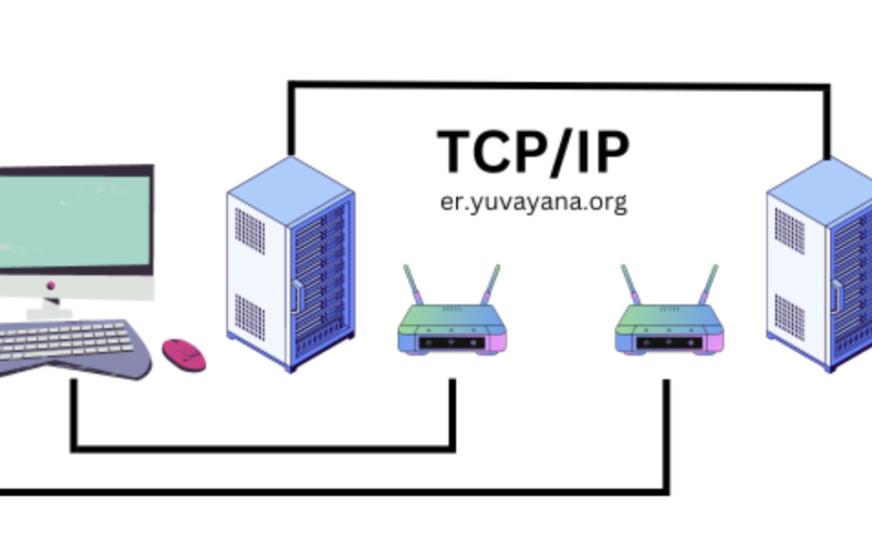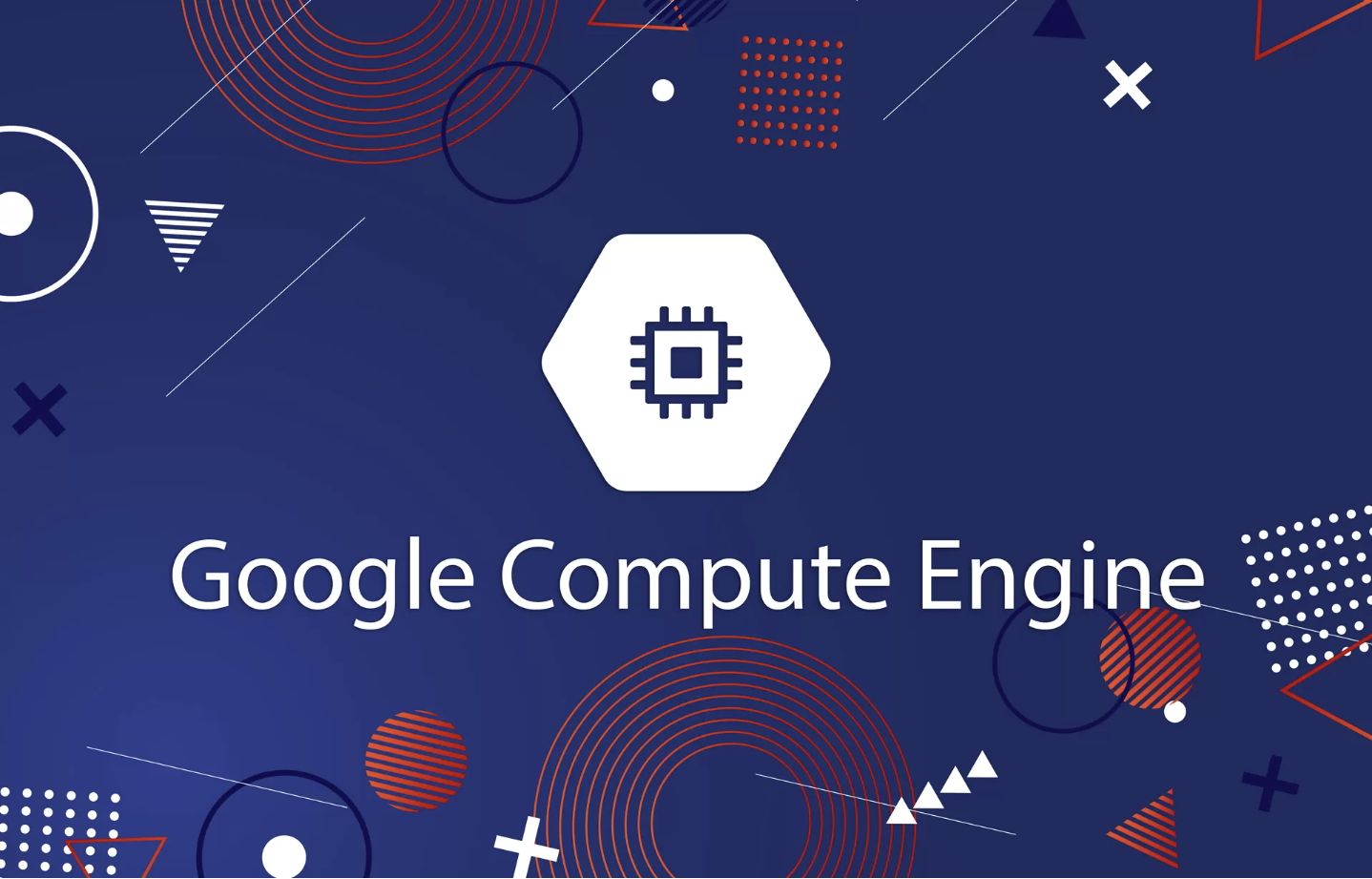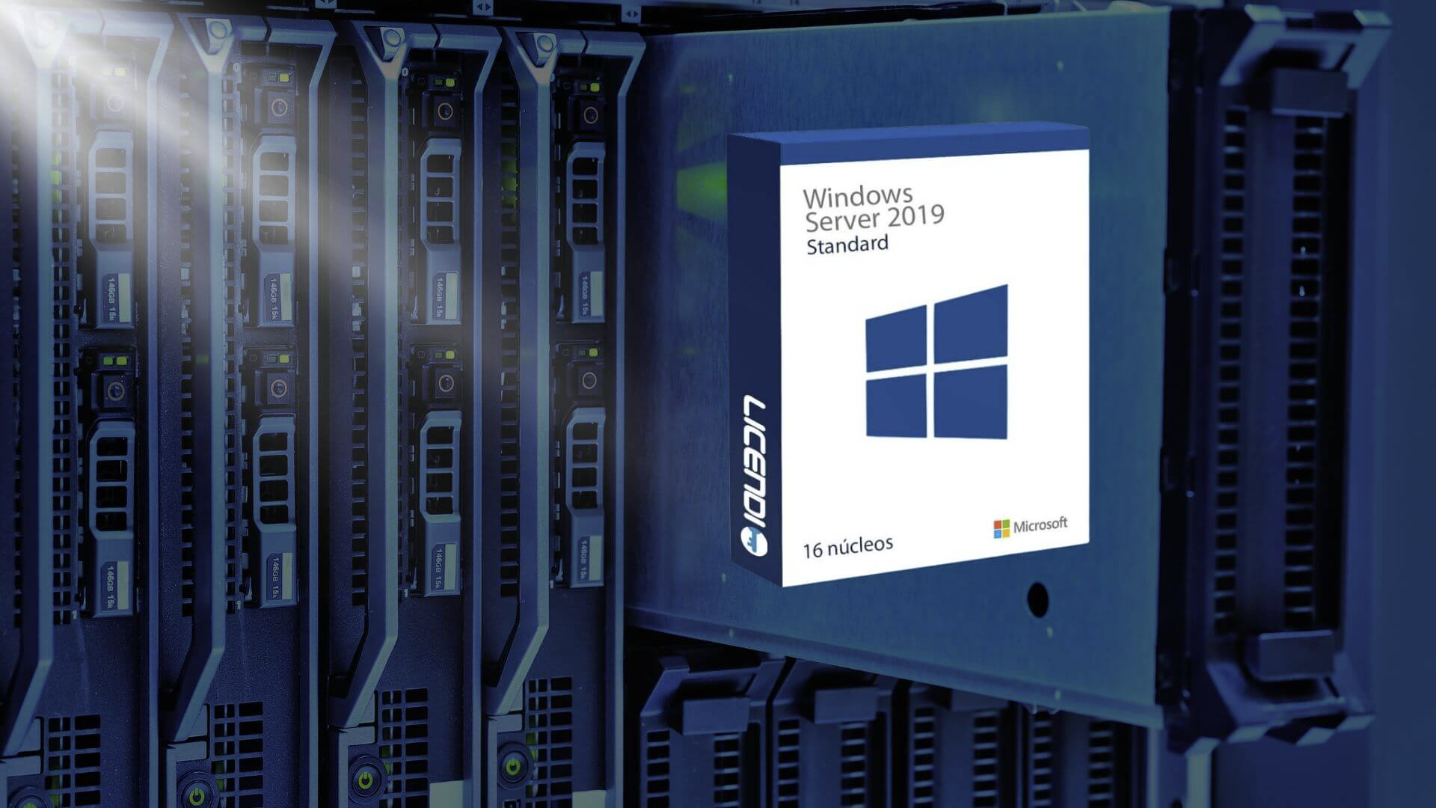
Blockchain technology is a distributed database that enables secure, transparent, and tamper-proof record-keeping. It’s ideal for a variety of applications, ranging from financial services to supply chain management. In simple terms, blockchain is a digital ledger that stores data across multiple computers globally, meaning it’s not limited to just one device. Its potential is vast and has the power to revolutionize many industries, including finance, music, government, and identity management.
At its core, blockchain works by recording transactions in blocks, which are then linked together in a chain. This creates a secure and chronological record that is nearly impossible to alter once it’s been added. Blockchain is the technology behind popular cryptocurrencies like Bitcoin, Ethereum, and Litecoin. It can also be used to create smart contracts, which are self-executing contracts that automatically enforce the terms of an agreement. Additionally, blockchain can streamline processes like supply chain management or even create decentralized marketplaces.
One of the key advantages of blockchain is that it’s decentralized, meaning no single authority controls it. This makes it much more resistant to fraud and corruption. All transactions are recorded on a shared ledger, providing transparency and accountability. The system is highly secure, as each transaction is verified and encrypted by multiple nodes (computers) on the network before it’s added to the blockchain, making tampering almost impossible.
The primary purpose of blockchain is twofold: it offers secure and tamper-proof record-keeping, and it provides a decentralized platform for peer-to-peer transactions. This eliminates the need for third parties like banks, as transactions can occur directly between participants. Each transaction is permanent and cannot be altered, ensuring that the record is immutable.
Blockchain plays a crucial role in Bitcoin, the world’s first cryptocurrency. While Bitcoin and blockchain are often used interchangeably, they are distinct. Blockchain is the underlying technology that powers Bitcoin and other cryptocurrencies. It serves as the digital ledger where all transactions are recorded. Bitcoin nodes rely on this ledger to confirm the validity of transactions, ensuring that coins are not spent more than once.
In cryptocurrency, transactions are secured through a process called mining. Computers solve complex mathematical problems, and the first one to solve it gets to add the next block of transactions to the blockchain, earning a small amount of cryptocurrency as a reward. This process ensures security and prevents tampering, making it difficult for anyone to falsify a cryptocurrency or transaction.
Blockchain has the potential to transform many aspects of our lives. Experts have long predicted that it could revolutionize business and personal interactions, and although there are challenges to overcome, the potential is immense. For instance, blockchain could improve transparency and trust in governments and institutions by providing a public ledger that anyone can verify. This could help reduce corruption and fraud, as everything would be visible for scrutiny.
Blockchain could also streamline international trade. Currently, global trade is slowed down by paperwork and inefficient processes, but blockchain could simplify payments, reduce paperwork, and make cross-border transactions much faster and more efficient.
Furthermore, developing countries could greatly benefit from blockchain. Many of these nations lack access to traditional financial systems and face high levels of corruption. Blockchain could provide a more accessible and secure alternative, helping to empower people in these regions.
In conclusion, blockchain technology offers a wide range of possibilities with the potential to reshape industries and societies. Its ability to provide secure, transparent, and decentralized systems makes it an exciting development for the future.













